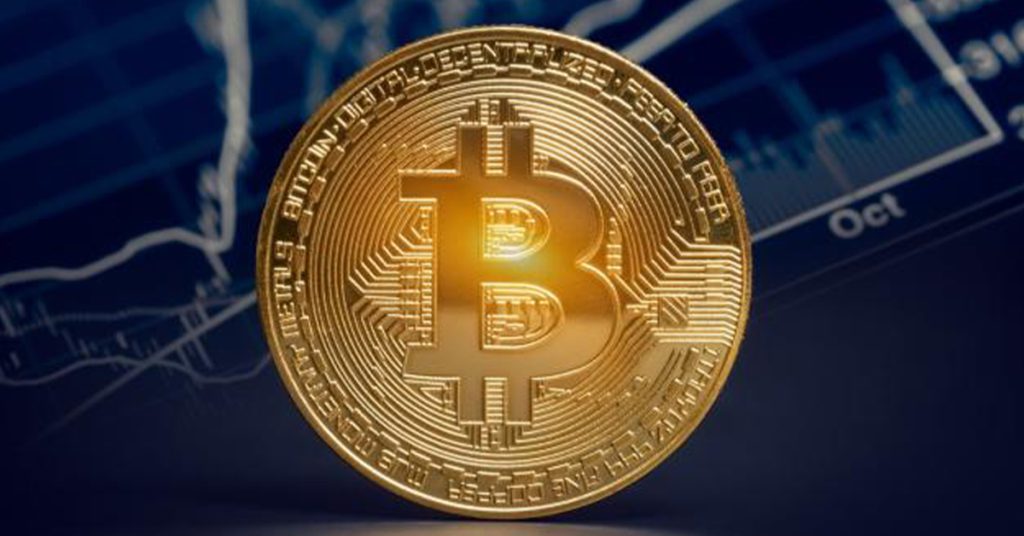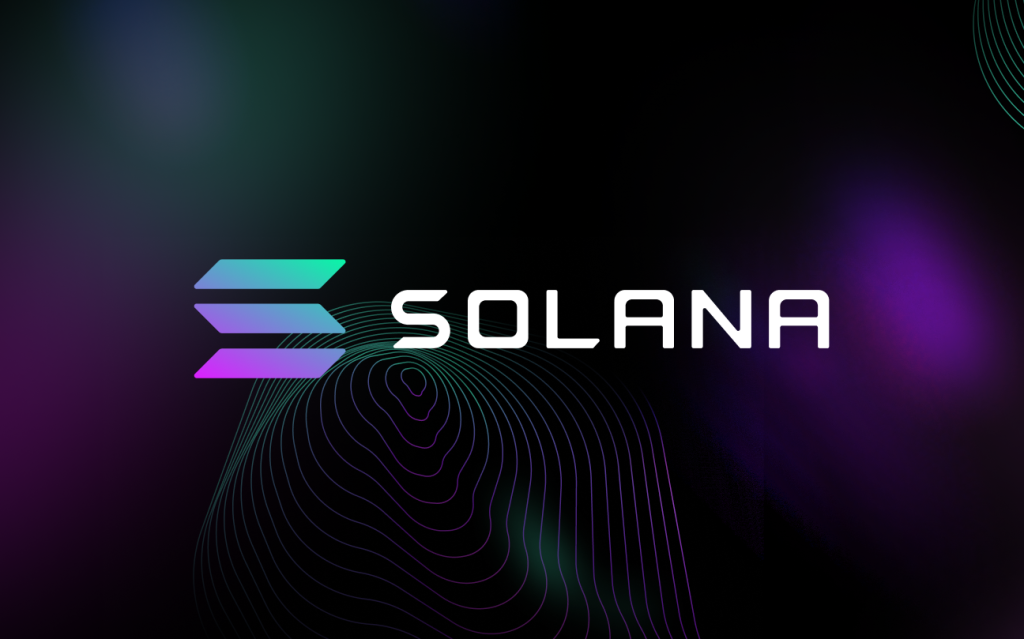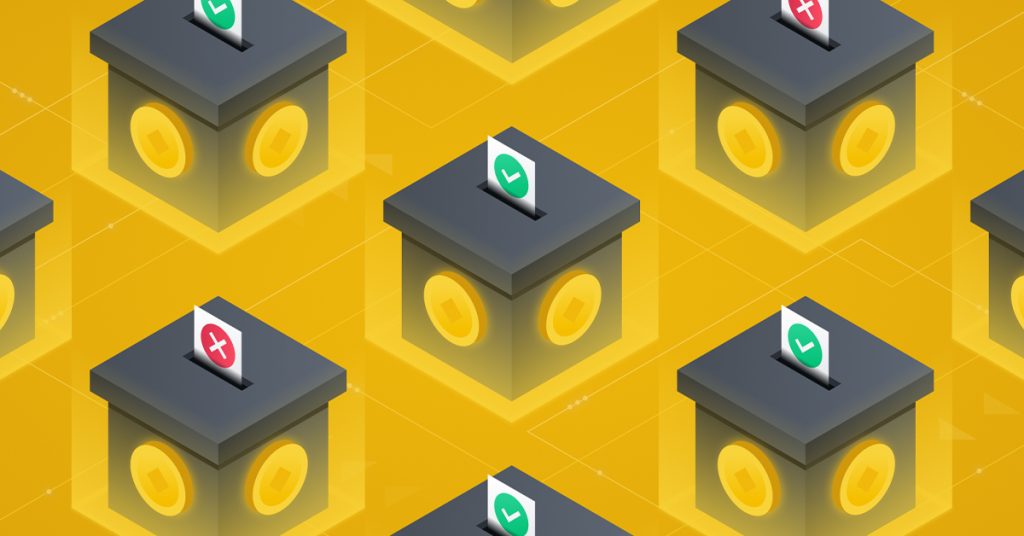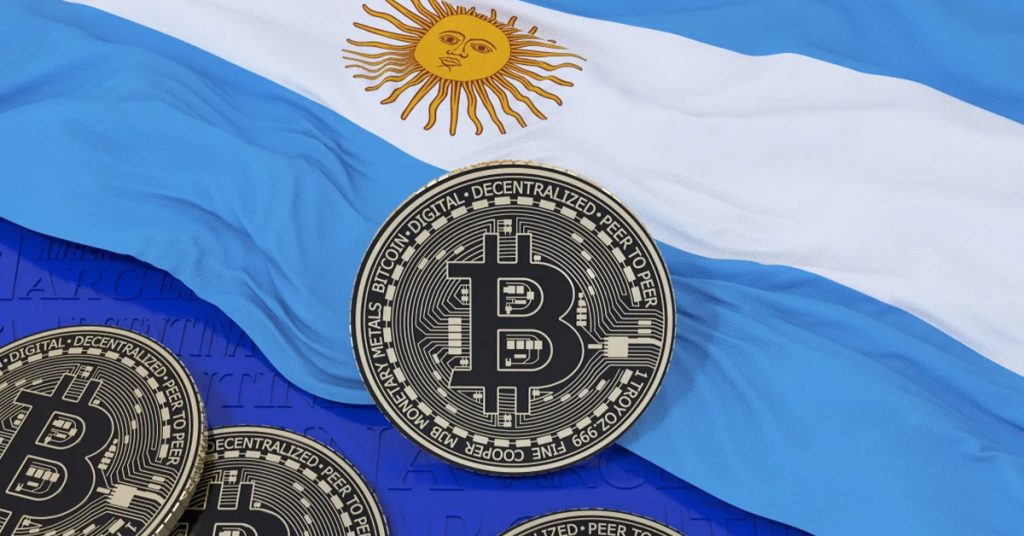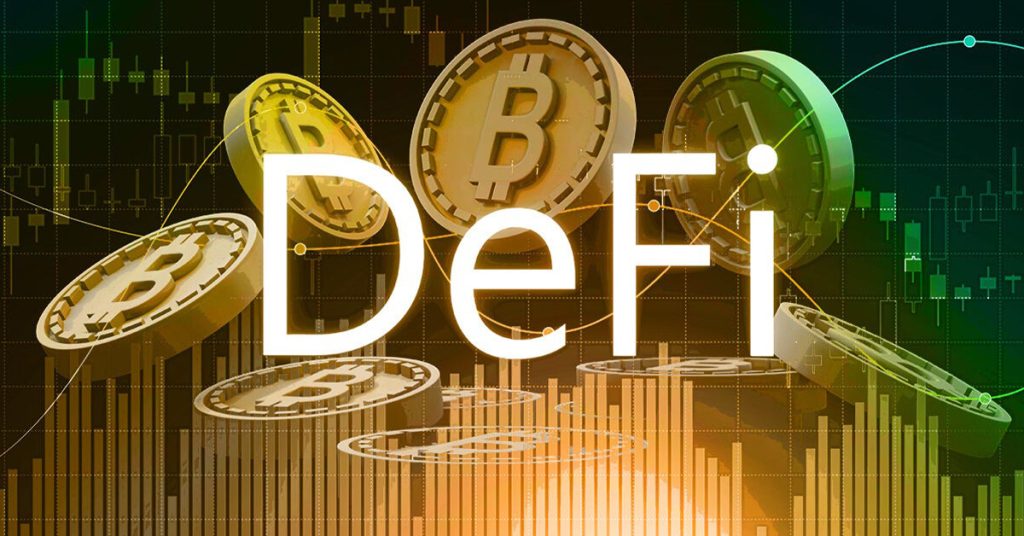What is Elrond (EGLD)? | The Fast, Secure & Scalable Blockchain
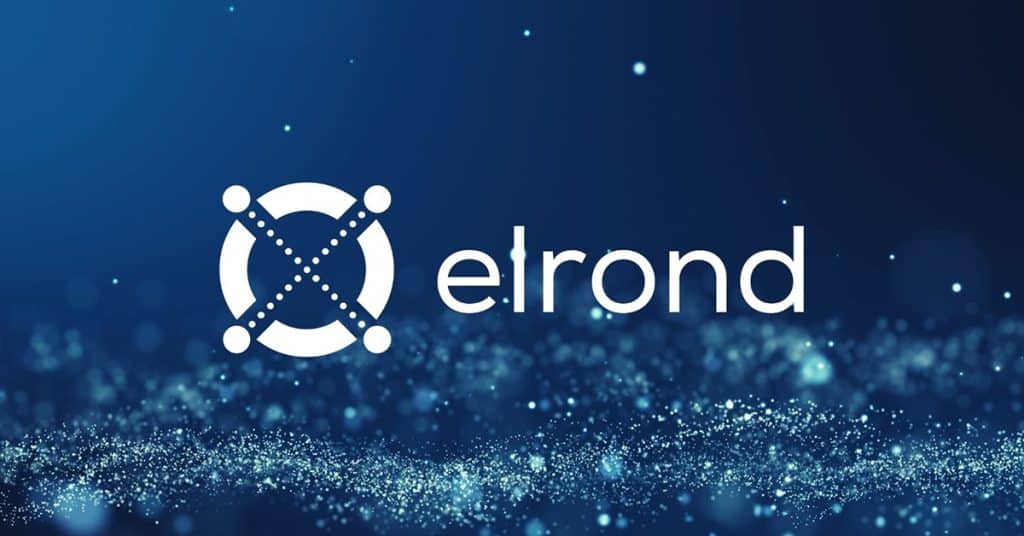
What is Elrond?
Elrond was co-founded in late 2017 by brothers Beniamin and Lucian Mincu, alongside Lucian Todea as a solution to the problem of blockchain scalability.
Elrond is a highly scalable, fast and secure public blockchain built for internet scale. The network is intended to compete with leading blockchains such as Ethereum, by establishing a smart contract platform which is fast, cheap and efficient. Transactions cost as little as $.0001 and the network is capable of processing up to 15,000 transactions per second.
The Elrond Virtual Machine (EVM) is a dedicated smart contract execution engine built on Web Assembly (WASM). It expands the family of languages available to smart contract developers to include Rust, C/C++, and C#. Developers can write smart contracts and develop applications on the Elrond network in whichever language they’re familiar with.
Elrond has implemented two crucial features to achieve its aims.
1. Adaptive State Sharding
Elrond’s approach to increased throughput is called ‘Adaptive State Sharding’. For those readers unfamiliar with sharding technology, detailed information can be found here. In a nutshell, sharding is a type of database portioning that separates large databases into smaller, faster, more manageable parts known as shards. Sharding helps blockchains become more scalable, reduces latency (slowness of network) and improves capability to handle increasing transaction volume.
Elrond’s optimal approach involves the combination of all three key sharding types; State, Transactions and Network, into a solution that improves communication inside the shards and dramatically increases performance through parallel processing.
2. Secure Proof of Stake (SPoS) Governance System
Elrond has a novel approach to consensus called ‘Secure Proof of Stake’ which eliminates PoW (Proof of Work) computational waste, and combines eligibility through stake and rating with random validator selection, and an optimal dimension for the consensus group. The BFT-like consensus protocol maintains a high security level through random sampling of the consensus group, and random reshuffling of nodes into other shards. The consensus uses an unbiasable randomness source generated by the block proposer via signing the previous random source.
Via SPoS, Elrond is validated rather than mined.
- Validators process and record transactions. They work together to simultaneously process transactions and add new blocks to the Elrond blockchain.
- Fishermen verify new blocks after they are added to the Elrond blockchain by validators. Fishermen are tasked with finding any invalid blocks or malicious actors on the network.
- Observers passively maintain and store the history of the Elrond blockchain.
Validators, fishermen, and observers operate on the Elrond blockchain simultaneously. This concurrent participation is what makes the Elrond blockchain highly scalable.
The $EGLD Token
The native cryptocurrency of the Elrond ecosystem is $EGLD. The token has the following utility.
- Acts as a governance token. Holders can vote on proposals.
- Can be used for staking to earn rewards.
- Can be used to pay for fees on the network.
Circulating Supply: 23,016,298
Total Supply: 31,415,926
Wallet Support
A variety of wallet options exist for storing $EGLD tokens. Elrond has its own native wallet. Other popular choices include Metamask, Trust Wallet and Math Wallet.
Ledger and Trezor hardware wallet support is also available.
Elrond Standard Digital Token (ESDT)
The Elrond network natively supports the issuance of custom tokens, without the need for contracts such as ERC-20, but addressing the same use cases. Due to native in-protocol support, transactions do not require the Elrond Virtual Machine (VM) at all. In effect, this means that custom tokens are as fast and as scalable as the native $EGLD token itself.
Users also do not need to worry about sharding when transacting custom tokens, because the protocol employs the same handling mechanisms for ESDT transactions across shards as the mechanisms used for the EGLD token. Sharding is therefore automatically handled and invisible to the user.
Maiar Exchange (MEX)
The Maiar Exchange is a DEX (Decentralised Exchange) with AMM (Automated Market Maker) functions, deployed on the Elrond network. It is the engine for DeFi (Decentralised Finance) products such as swaps, liquidity pools and yields farms. The Mair Exchange has a TVL (Total Value Locked) of $1.12 billion.
The Elrond ecosystem has over 200 partners. With the launch of the Maiar platform, the ESDT version of their tokens can be deployed in liquidity pools and expand access for their communities.
The platform has its own native token called $MEX which has the following utility.
- Acts as a governance token for the platform.
- Can be used as a staking and farming token.
In Closing
Elrond has stood the test of time and has a strong community of holders however they will need to aggressively build out their roadmap to achieve meaningful adoption of their network. They have already developed a large selection of partners and leveraging these relationships will be a crucial aspect of their ongoing network development.
Interesting read: Solana vs Elrond!


